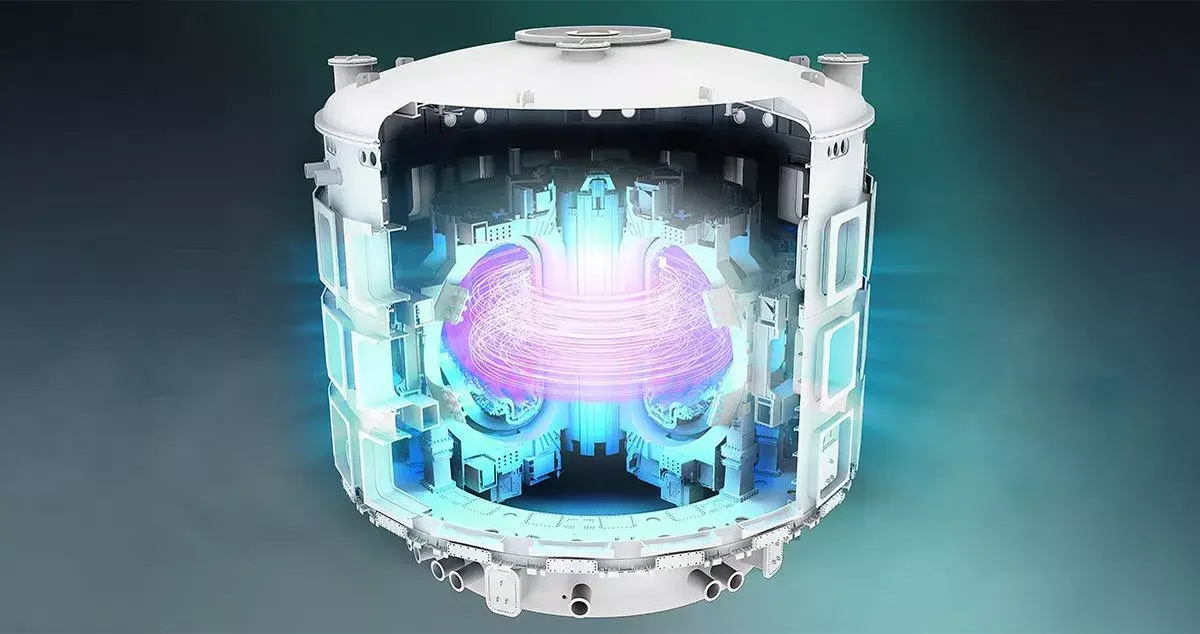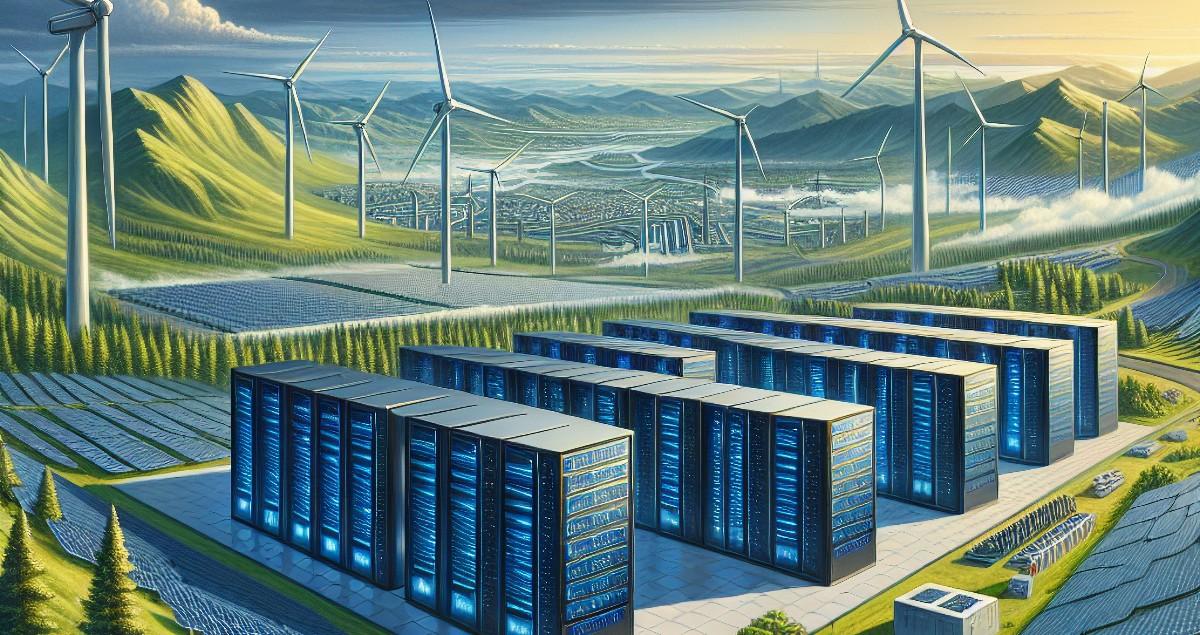While the meteoric rise of generative AI has its champions and detractors, everyone can agree on one simple truth: the technology has a voracious appetite.
Data centers worldwide consumed 460 terawatt-hours (TWh) of electricity in 2022, the year ChatGPT burst onto the scene. Come 2026, that figure is expected to top 1,000 TWh — around the same amount of electricity consumed by the whole of Japan.
Given this unprecedented level of demand — and AI’s indomitable march forward — it’s no surprise that tech giants such as Microsoft, Google and Alibaba are racing to lock down reliable, dispatchable power sources. Indeed, there is a “land grab” going on to install data centers close to power stations or renewable energy hubs.
And this could turn out to be good news for the global energy transition. AI promises to boost efficiency and innovation in the energy sector. At the same time, Big Tech is investing in innovative clean energy technologies in a bid to keep up with AI’s insatiable appetite.
Here are some of the technologies being explored, as well as the opportunities and obstacles they present.
1. Renewables and battery storage
Renewables such as wind and solar power are intermittent sources of clean energy, and therefore difficult to predict. Teaming them with battery storage means any excess energy can be saved and used during high-demand periods. Amazon is taking this approach in Southern California, for example.
Pros:
Cons:
- Intermittent generation requires extensive storage to ensure 24/7 dispatchability.
- Battery storage technologies have limited lifespans.
- Land use challenges for large-scale solar/wind farms.
Firms, including Microsoft, meanwhile, are piloting green hydrogen power at a data center in Ireland. While battery storage can help solve the challenge of intermittency within the same day, green hydrogen has the potential to address this issue long-term.
2. Geothermal energy
Geothermal energy, which extracts heat from the Earth to generate electricity, is capturing the attention of tech giants who are partnering with start-ups to help power their data centers.
Meta and Google are currently exploring this option, with geothermal electricity from Fervo Energy — which counts Mitsubishi Heavy Industries (MHI) among its investors — already flowing to the grid that serves Google data centers in Nevada, US.
Pros:
- Fast, reliable electricity with minimal greenhouse gas emissions.
- Can operate flexibly to contribute to grid stability.
- Less intermittency than wind and solar due to not being weather-dependent.
Cons:
Enhanced geothermal systems, which use new drilling processes to access geothermal sources previously impossible or unviable to exploit, could help overcome some of these challenges.
3. Nuclear power
Google, Amazon, Meta and Microsoft are all turning to nuclear to power their next-generation data centers — a boost for the technology, which is undergoing a renaissance. More than 20 countries have agreed to triple their nuclear energy capacity by 2050 as part of efforts to move away from fossil fuels.
Pros:
Cons:
4. Space-based solar power
Space-based solar power (SBSP) is exactly what it sounds like — solar panels in space that would collect energy from the sun to transmit to Earth. The technology is still in its infancy and so not currently available to help power the AI boom — but as a limitless, renewable energy source, it could well do so in the future. Experts think Solaris, a Europe-based SBSP program, could lead to a gigawatt-scale system by 2040.
Pros:
- Offers consistent solar energy without weather or nighttime interruptions.
- Could theoretically transmit vast amounts of power back to Earth using microwaves.
Cons:
- Technology is in its infancy.
- Technical challenges, including efficient energy transmission and satellite maintenance.
- Risks associated with space debris and environmental impacts of launch emissions.

5. Fusion energy
Another future energy — in which two light atomic nuclei combine to form a single heavier one while releasing massive amounts of energy — is being eyed up by global tech companies. The technology has undergone some significant breakthroughs in recent years, including at ITER in France, with which MHI is collaborating.
Microsoft is one company hoping the technology will power its energy-hungry data centers in the future. It has signed a power purchase agreement with nuclear fusion start-up Helion, which expects its plant to be online and generating 50 megawatts of power by the end of this decade.
Pros:
Cons:
- Fusion remains at the experimental stage, with no commercial reactors yet operational.
- Big upfront costs and uncertainties around scalability and affordability.
- Potential decades before widespread deployment.
Alongside the solutions being explored by tech companies, gas engines that will run on hydrogen in the future and gas turbines capable of co-firing hydrogen, or combining with carbon capture systems, could help data centers lower emissions. More efficient cooling and optimization of operations are also part of solving the puzzle.
There is no one-size-fits-all solution to AI’s energy consumption, and as it continues to ramp up, a mix of options tailored to the location is likely the most realistic path forward.
